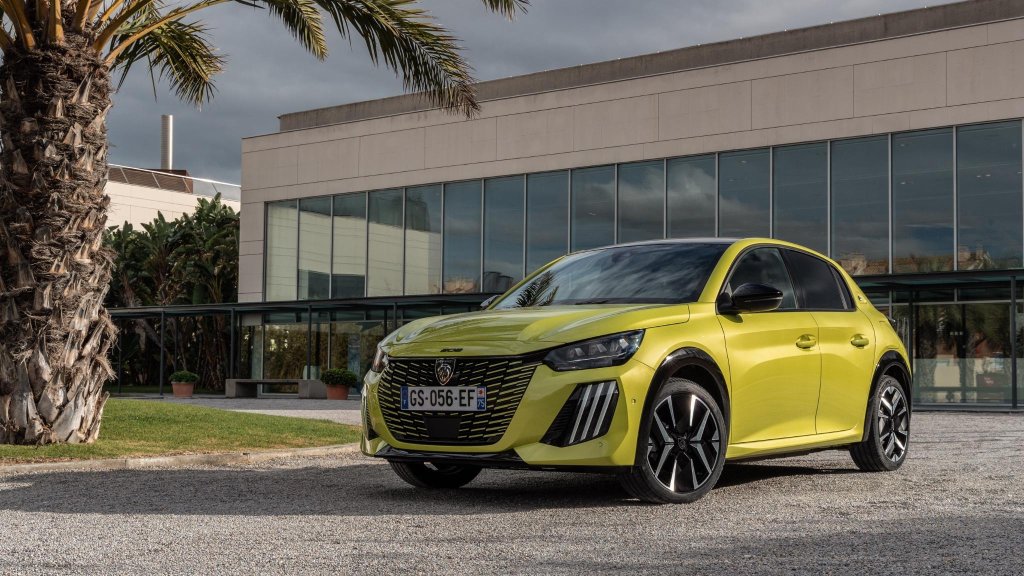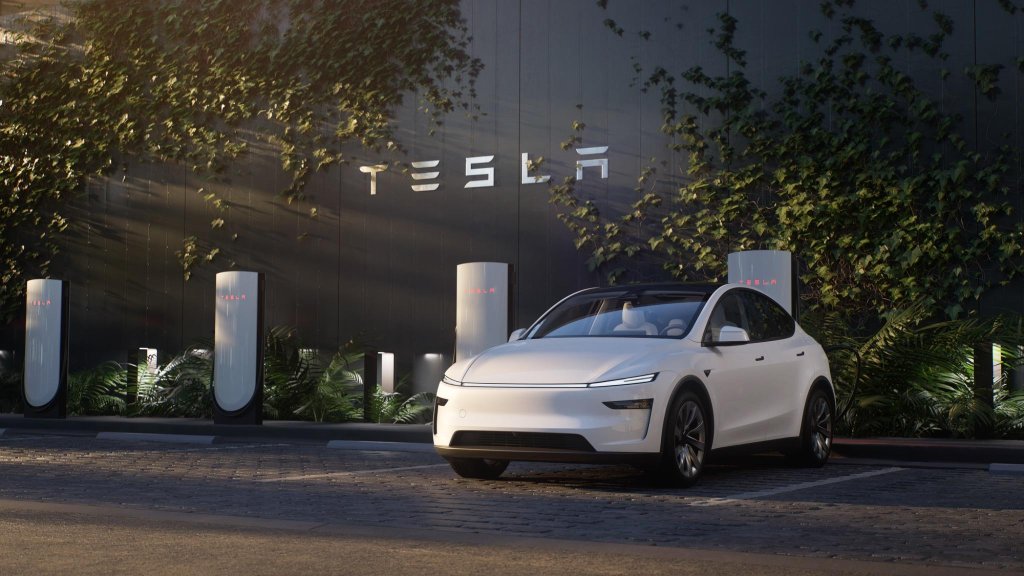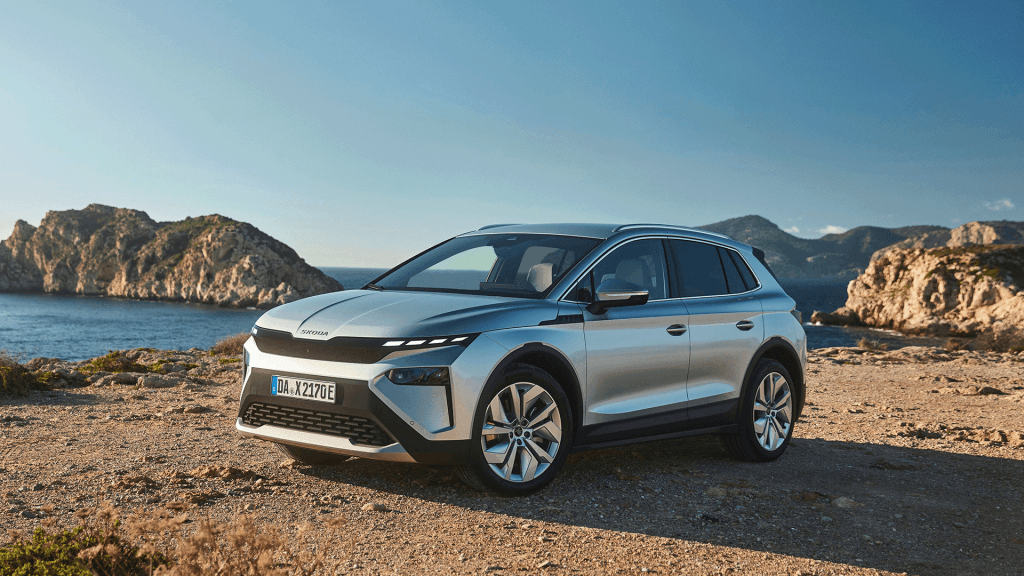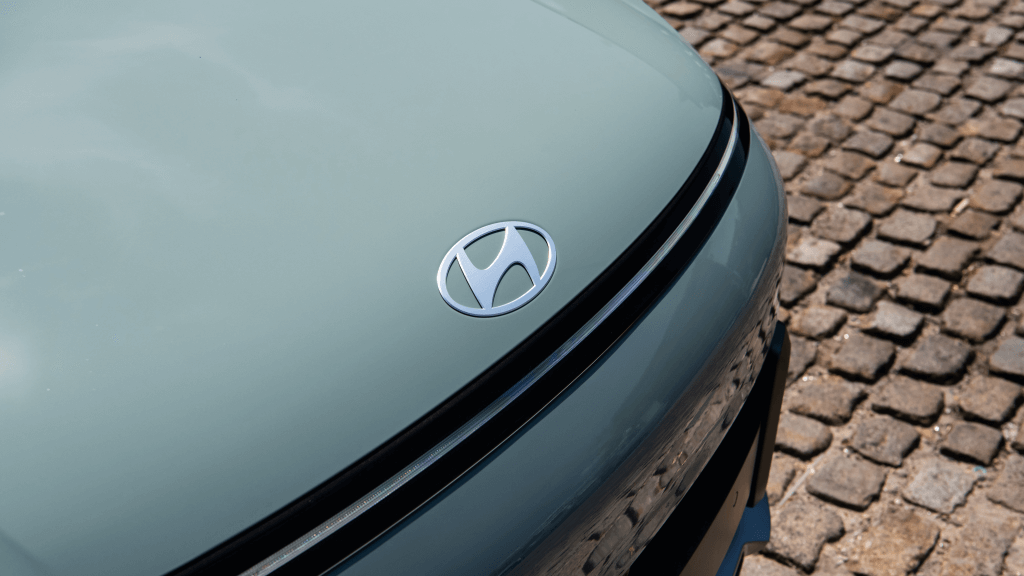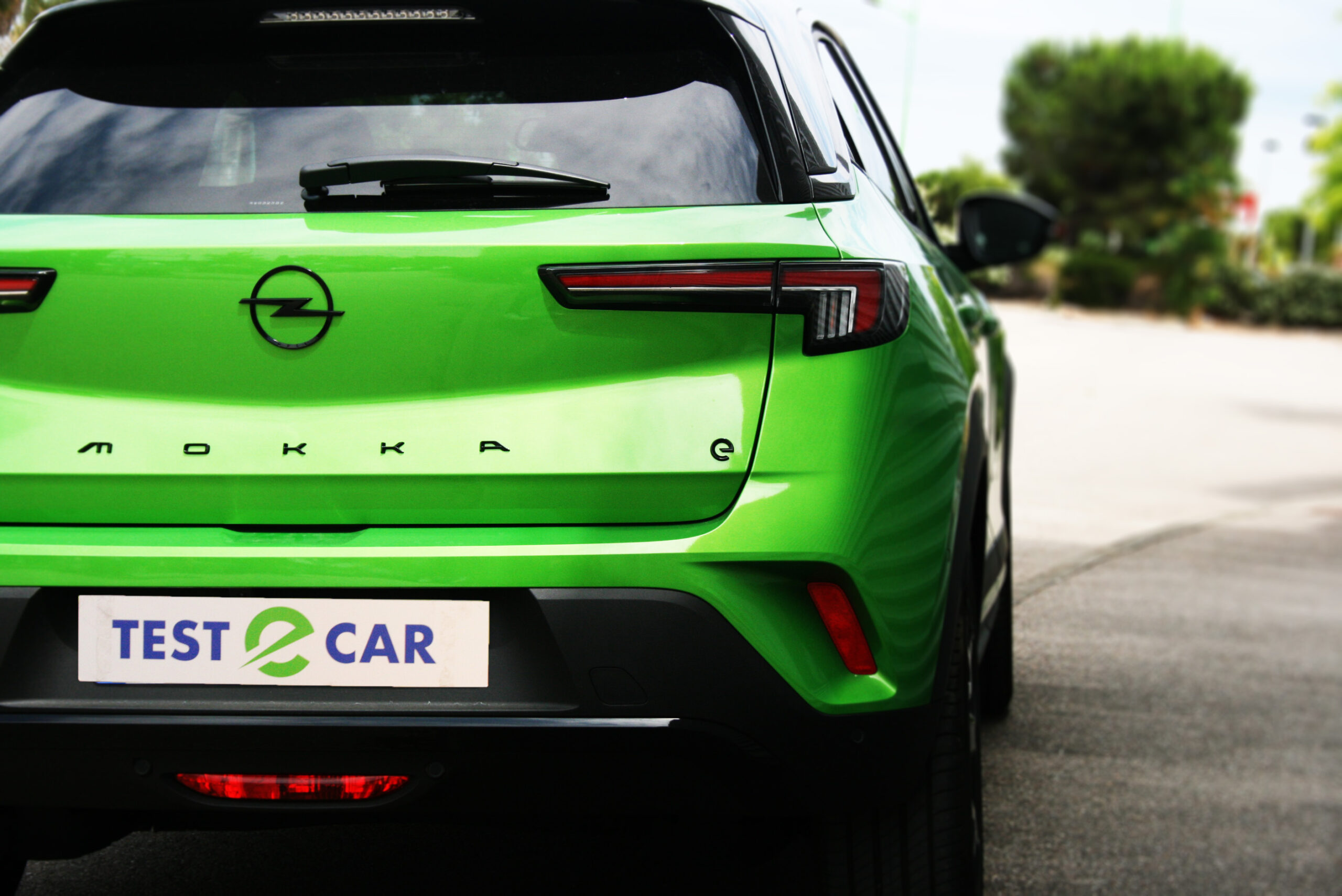
Electric cars
It can be recharged on a plug, wall box or charging station. For this, several cables exist: the type 2 cable, the CCS combo and CHAdeMO
The cars that we see on our roads in Europe are mostly recharged via a type 2 cable. It’s a cable that looks like an electric cable. The electric car then has a Type 2 socket that can receive a Type 2 plug. This system is used for home charging.
The combo Combined Charging System is an extension of the Type 2 socket. It allows fast DC charging.
Finally, the CHAdeMO system allows fast DC charging for electric vehicles. The system is a competitor of the CSS combo. These last two systems are used on fast charging stations.
Once the car is plugged in, the alternating electric current flows to the converter.
An electric car also recharges itself a bit, when driving, by regenerative braking, that is to say when the driver removes his foot from the accelerator or when he brakes.
Hybrid car
The hybrid car has two engines: thermal engine and electric one. These two engines work alternately, or simultaneously, to advance the vehicle.
In this type of configuration, the electric battery usually has a low capacity, limited range and a maximum speed of around 50 km/h.
Here also, the electric motor of the hybrid car can be recharged, while driving, by regenerative braking.
Therefore, it doesn’t need to be plugged in to recharge.
Plug-in hybrid car
The plug-in hybrid also has two engines: a thermal engine and a rechargeable electric one.
Unlike the hybrid car, the plug-in hybrid has a more powerful electric motor, a larger battery capacity and, above all, an external charging plug. Indeed, the electric battery is rechargeable, its maximum speed is about 130 km/h and the range is between 20 and 60 km.
Again, the electric motor of the plug-in hybrid car can recharge a little, while driving, by regenerative braking.


